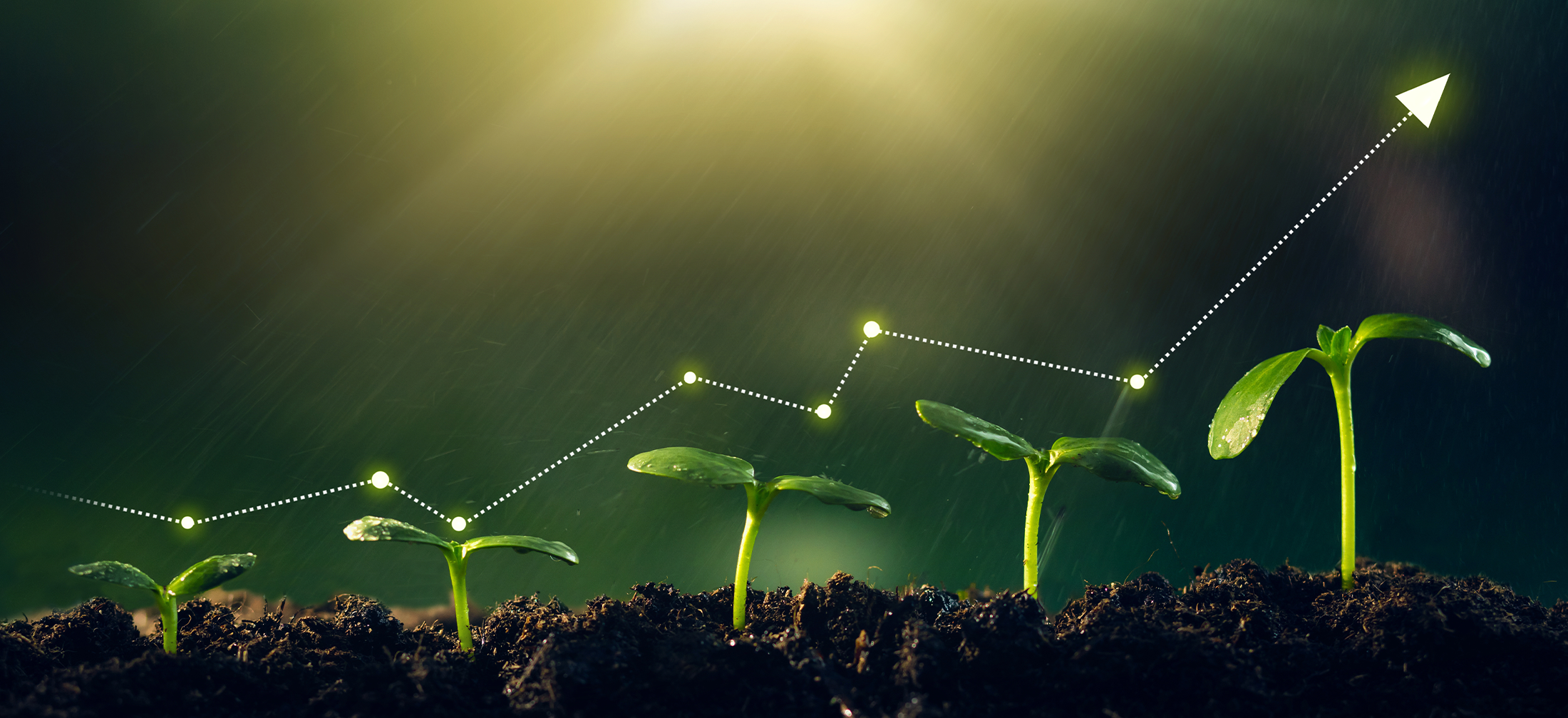
Change is the only constant. (Heraclitus)
Things change. Nothing ever stays the same, yo. You ain’t never gonna stay 25 or 30 or 40. You always gonna change. Every day you gonna change. (Ghostface Killah)
Whether you’re more likely to subscribe to the wisdom of Heraclitus or Ghostface Killah, the truth seems to be that change is an equal opportunity endeavor. Things change all the time for everyone. Anyone who lived through 2020 knows that while change affects different people in different ways for different reasons, it does, indeed, affect everyone.
If everyone experiences a lifetime of change, what does it mean to be “good at change”? What does it mean to have change acumen?
Our school improvement consulting framework cites change acumen as a critical competency for both consultants and the clients they are helping. We define change acumen as deep knowledge of and insight into the process and dynamics of change, including
- iterative cycles of using data and evidence to inform change,
- quickly and accurately understanding the implications of change for the client system, and
- making appropriate decisions and judgments.
Having change acumen has served me well both in my personal life and in a career of helping school systems navigate change successfully. Because I love change so much, amid all the dynamics and change of 2020, my wife and I decided to move our family halfway across the country.
The move was an opportunity to practice much of what I’ve learned about managing change. There were, of course, numerous technical details to manage, like having the right resources (a truck, people to load the truck), establishing and following a timeline, and a bunch of other details. The bigger challenge—in my family’s move just as in changes to education systems—was managing the adaptive elements of change.
Adaptive elements of change require new learning, new attitudes and mindsets, and new patterns of behavior. They also require creating new solutions rather than finding existing ones. For our move, we had to develop new attitudes and behaviors to adapt to our new location as we struggled with many questions. How do you let go of what is familiar and make space accepting the new reality? Is it normal for resistance and hesitation to mount as the change becomes immanent? How do I differentiate support and cheer on my daughter who can’t wait for a new adventure while being sensitive to my son who is struggling and just wants to move back “home”?
Being able to anticipate the dynamics of change and having the knowledge and experience to assess and address different individuals’ needs in the midst of change are critical competencies for those leading change and consultants who help leaders and others through the change process.
Having change acumen means understanding that changes can have both technical and adaptive aspects and that the same change may impact individuals differently. Whether you’re moving your family across the country or moving a school district online, strengthening change acumen will make you more effective in getting yourself and others safely through the twists and turns along the way.
If you want to improve your change acumen and learn more about recognizing when change requires technical and adaptive approaches, check out the tool below. It provides guidance for understanding and responding to people’s needs as they experience technical and adaptive change.
Download our new resource, Developing Change Acumen: Anticipating People’s Needs During Change.




